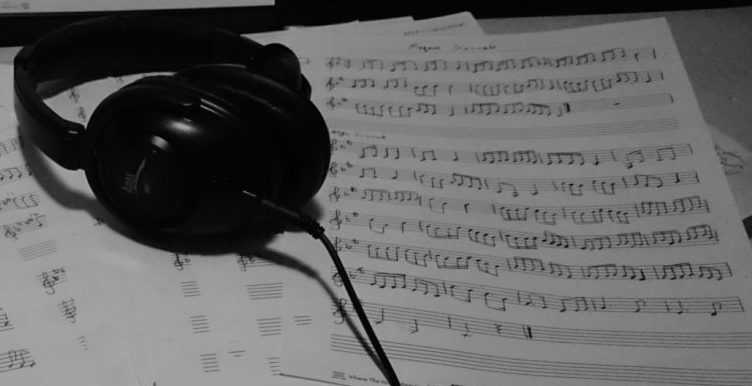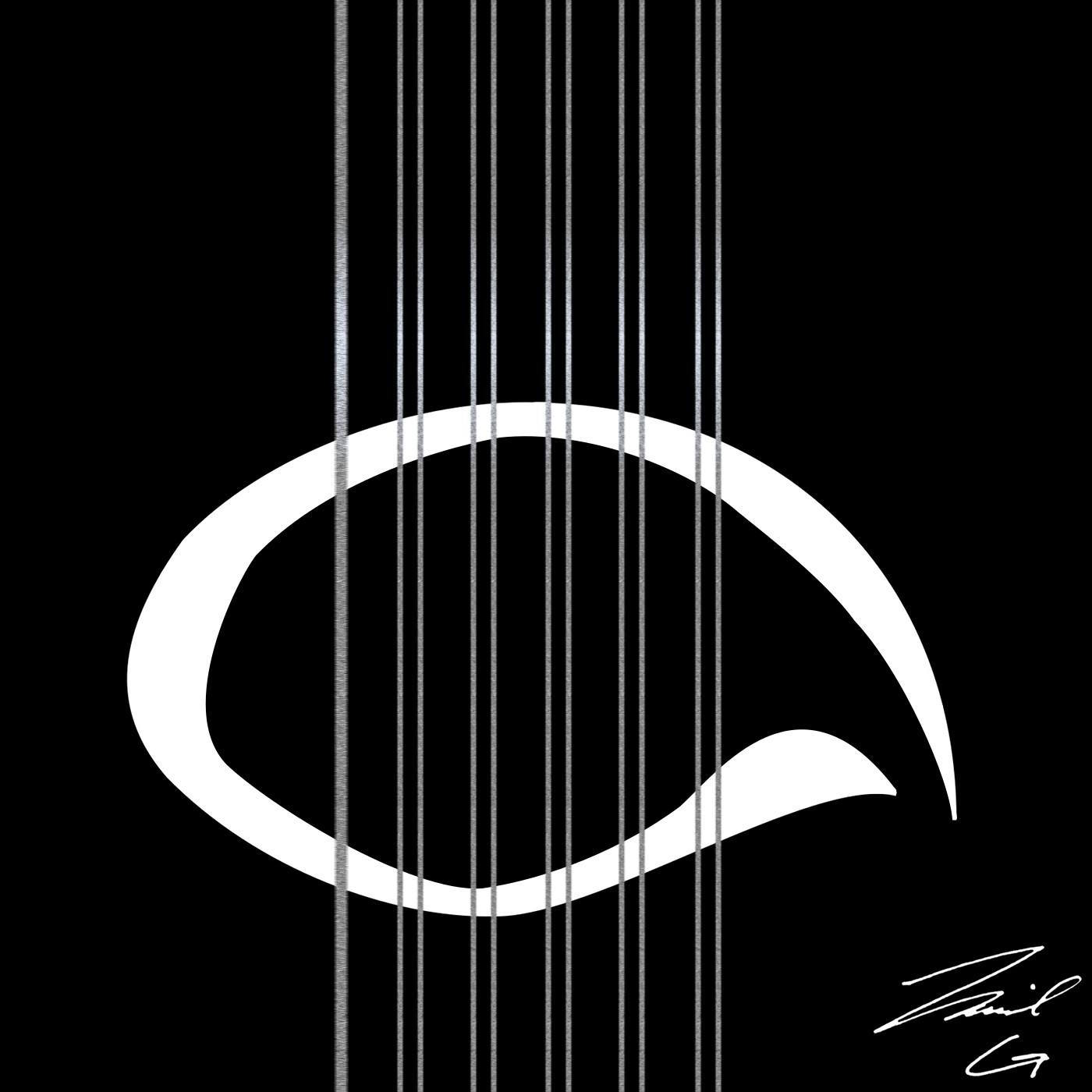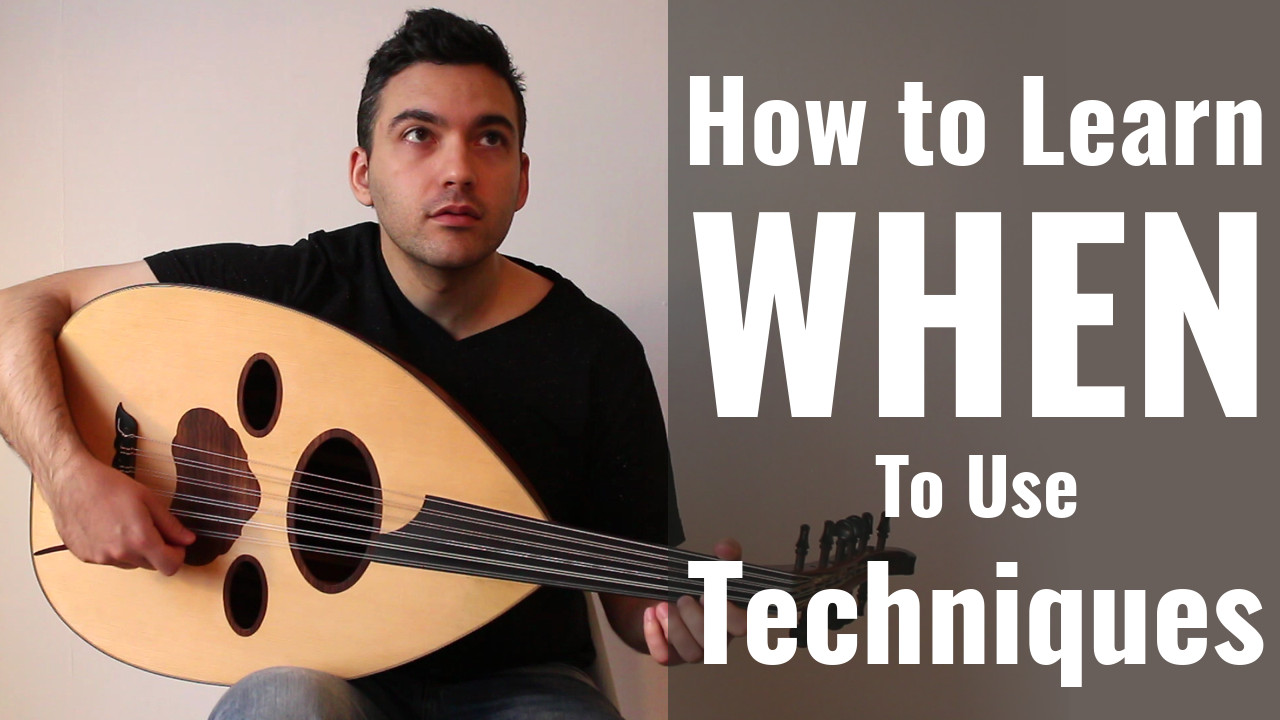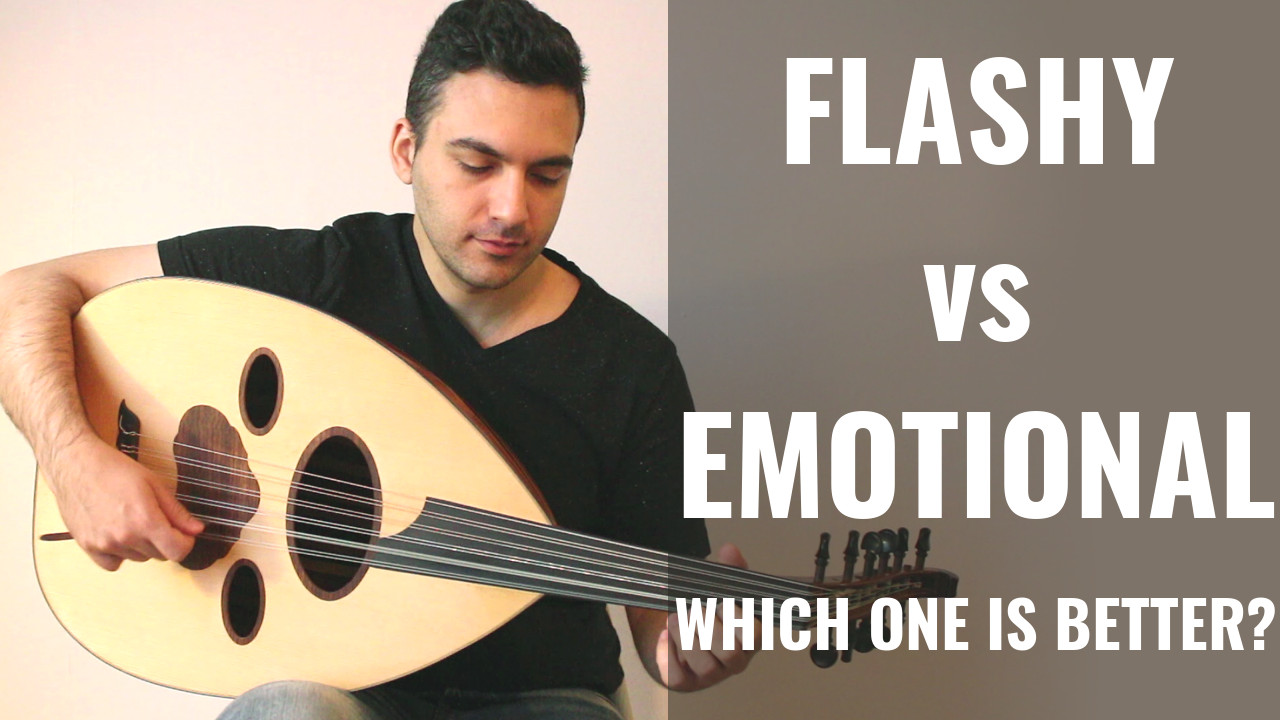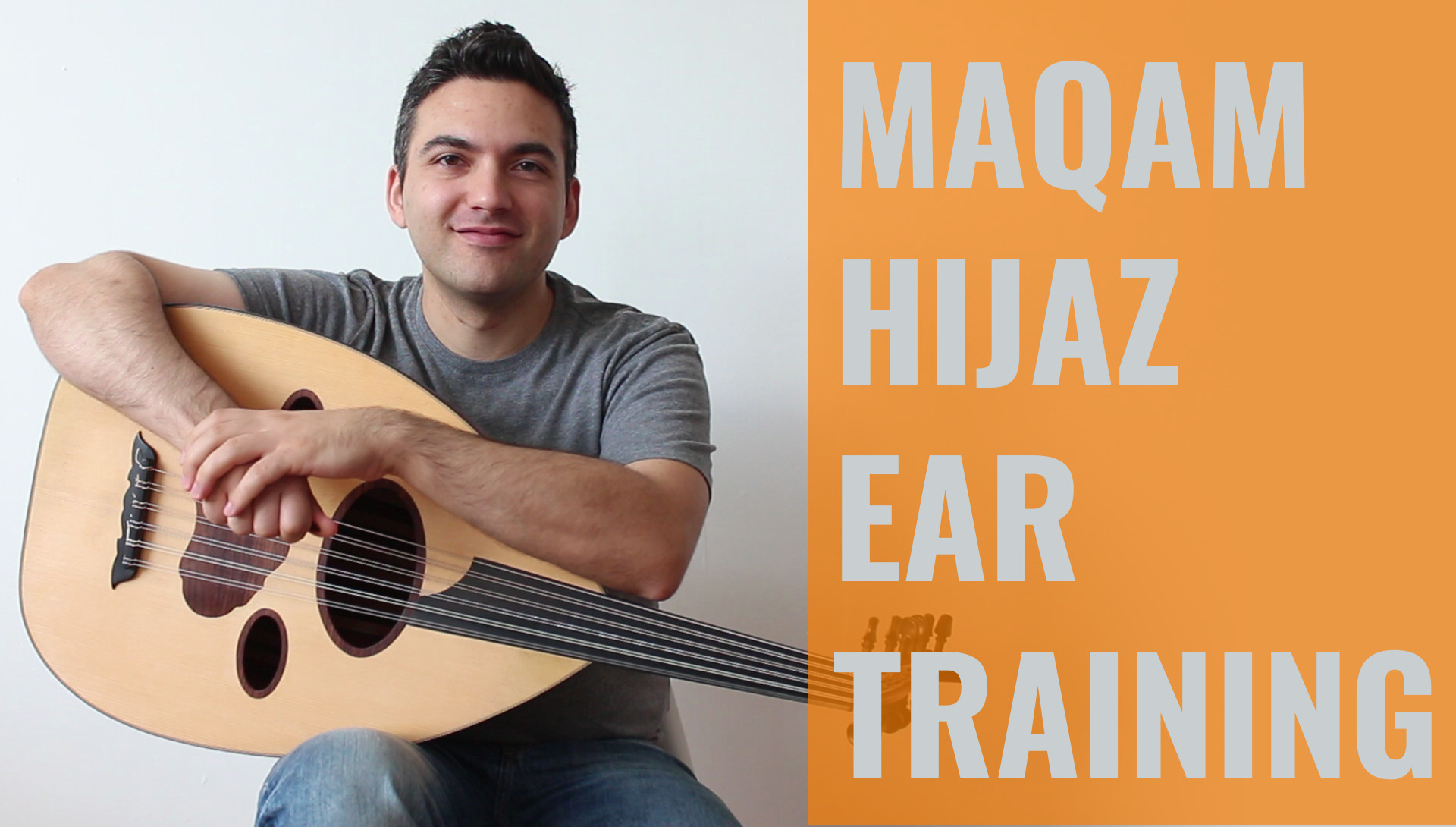In the last post, you learned about active listening. Active listening is to learn music by ear. Well today I have a story about that, which I’m sure you can relate to. I was eleven when I started learning Persian Santoor. Back then, I didn’t know the difference between scales. My teacher would play one scale for me, and then play a different one, and I couldn’t really tell what…
Read MoreLearn Arabic Music With Your Ears and Your Voice
I’m sure you’ve heard it before… especially when you ask… “What’s the best way to learn maqams?” or “How do you learn how to play a taqasim?” Typical answer: “You have to listen to middle eastern music a lot.” Or sometimes… you might think or say to yourself… “It’s hard to learn because I didn’t grow up in a middle eastern background.” “Middle eastern people have an advantage…
Read MoreA common question: How do you know when to use certain techniques and embellishments in music?
A common question I get from Oud players is how do you know when to use certain techniques and embellishments in music. The question that is really being asked here is more a question of style and musicality. But where did I learn how to use techniques and embellishments? Watch the video below to find out. Next week I’m going to play some examples from my own music to…
Read MoreFlashy Oud vs Emotional Oud: What’s better?
There’s a lot of debate about what’s better: to be able to play flashy techniques and play really fast, or to be able to play with a lot of feeling and emotion in your playing. What do you think? Watch this video, then share with me your favourite Oud video from YouTube. Post a link in the comments section below, and tell me why you it’s your favourite. …
Read MoreMaqam Ear Training
I always had a hard time understanding Maqam Lami. It sounded so strange to me, and I didn’t find it interesting. I knew some well known songs in Maqam Lami, but it still wasn’t sticking. Fortunately, Simon Shaheen used Maqam Lami in one of his ear training sessions at the Arabic Music Retreat… Then it all started to make sense. I took what I learned from his method and created…
Read MoreUnraveling a Taqasim – Episode 1. Maqam Ajam Ushayran
It has been difficult to make time for practising Oud this week. But on the days I was able to, it happened because I put Oud first on my list of things to do. One of the things I’ll be working on for myself since the retreat is taqasim. Previously, I’ve always allowed my taqasim to be completely spontaneous. I don’t think about it. But after the retreat…
Read MoreJamil Bashir Oud Method Exercise
Here’s an exercise from Jamil Bashir’s Oud method. This is a beginner level Oud lesson for practicing 16th notes in G major scale. The tuning you need to use for this lesson is (low to high string) C G A D g c. Free Beginner Oud Lessons Course Next week I’m starting a brand new free email course for bare beginner Oud players. This course is…
Read MoreFinally! Deep Arabic Oud sound on Godin MultiOud
A lot of people agree that it’s difficult to get a good, deep, boomy, authentic Arabic Oud sound on the MultiOud. I used to think the same thing. I used to think that the MultiOud is just good for Turkish music and Turkish Oud style. A friend once played a gig with an Oud player who only plays the MultiOud and commented, “He’s a good player, but the sound of…
Read MoreJamil Bashir’s Oud Method and more…
I came across this nice little resource on MikeOuds forums the other day. I’ve been waiting for something like this for a while. www.oudmethod.com This is a nice little site that translates the intro pages to Jamil Bashir’s Oud method. I’ve always wondered what the intro pages say about the Oud. The translation isn’t amazing, but it’s good enough to get the idea. What I’m working on …
Read MoreThe Beginner’s Guide to Holding the Oud and Risha
The Oud is the most awkward instrument to hold. It looks easy, because it looks like the same way you would hold a guitar… But you can’t hold it quite the same way as a Guitar… There are two ways to solve the Oud holding problem. Use a foot stool The foot stool will save you from unnecessary pain and discomfort. They carry them at any…
Read More
